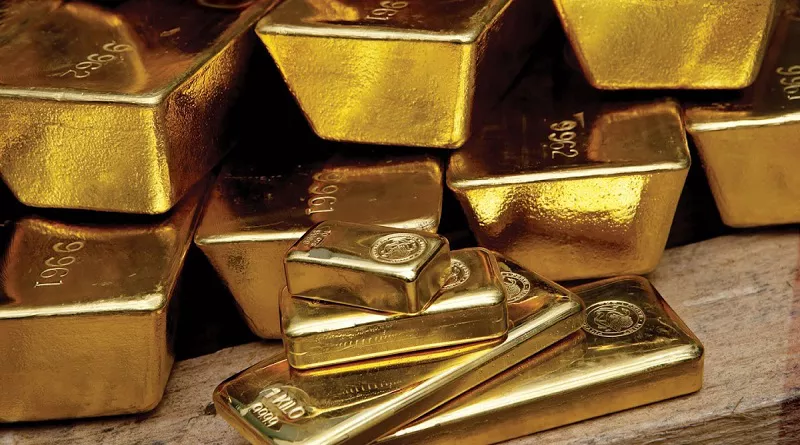Silver, renowned for its captivating beauty and diverse applications, has captivated humanity for centuries. From intricate jewelry designs to cutting-edge technological advancements, silver holds a special place in our hearts. Yet, a persistent question lingers: Will a magnet stick to silver? In this comprehensive exploration, we will delve deeper into the nature of silver, unravel the science behind magnetism, and examine the interplay between these two fascinating phenomena.
Understanding Silver:
Let us embark on our journey by acquainting ourselves with the remarkable metal called silver. Belonging to the transition metal group, silver is denoted by the symbol Ag on the periodic table. It possesses an atomic number of 47 and a relatively low melting point. With its exceptional electrical and thermal conductivity, silver finds applications in diverse fields such as jewelry making, photography, electronics, and medicine. However, despite its numerous attributes, silver is not considered a ferromagnetic material.
Unveiling the Nature of Magnetism:
To grasp the essence of the relationship between silver and magnetism, we must delve into the intricate workings of magnetism itself. Magnetism arises from the alignment of microscopic magnetic domains within a material. These domains consist of clusters of atoms with their magnetic fields pointing in the same direction, creating a cumulative magnetic effect. In ferromagnetic materials like iron or nickel, the magnetic domains align with ease, producing a robust and noticeable magnetic field.
Silver and Magnetism: Separating Fact from Fiction:
With a foundation in magnetism, we can now turn our attention to silver. Despite its brilliance, silver does not exhibit the same inherent magnetic properties as ferromagnetic materials. Due to its atomic structure, silver lacks the presence of magnetic domains that can effortlessly align to produce a significant magnetic field. As a result, a magnet will not be attracted to silver in the same way it would be to iron or nickel.
Conducting the Experiment:
To lay this myth to rest, we invite you to embark on a simple experiment. Take a neodymium magnet or any other potent magnet and bring it close to a piece of silver, such as a silver coin or a silverware item. Upon observation, you will find that the magnet does not adhere to the silver surface. This absence of attraction between the two materials solidifies the fact that silver is not magnetic.
Exceptions to the Rule:
While it holds true that silver is generally non-magnetic, certain rare exceptions warrant discussion. In instances where silver forms an alloy with a magnetic metal such as iron or nickel, the resulting alloy may exhibit minimal magnetic properties. The inclusion of the magnetic component in the alloy can contribute to weak magnetic effects. However, it is vital to emphasize that pure silver, in its elemental form, does not possess magnetic qualities.
The Magnetic Landscape of Other Metals:
As we explore the magnetic properties of metals, it is pertinent to acknowledge that silver is not alone in its non-magnetic nature. Other metals, such as gold, copper, aluminum, and lead, share the same characteristic. Their atomic structures and the absence of magnetic domains render them non-responsive to magnetic fields. These metals, much like silver, do not attract magnets.
Conclusion:
In conclusion, the myth that a magnet will stick to silver is unequivocally dispelled. Silver, in its pure form, is not magnetic and lacks the necessary atomic structure to exhibit magnetic properties. While exceptional circumstances may arise where silver alloys with magnetic metals display weak magnetic effects, it remains crucial to remember that pure silver does not possess this quality. Hence, the next time you encounter a silver object, rest assured that a magnet will not adhere to it. Let us celebrate silver’s unique attributes and appreciate its allure beyond the realm of magnetism.


